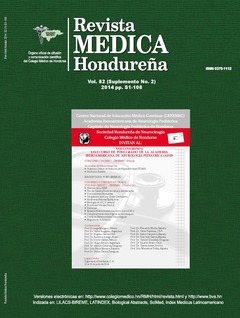Dystonias: presentation forms in children
Keywords:
Children, Classification, Dystonia, Muscular dystoniaAbstract
Dystonias, defined as simultaneous contractions of agonists and antagonists muscles, are expressed in children as abnormal movement or postural changes (dystonic hypertonia). There are pediatric transitional forms (benign and secondary to drugs) and permanent (sequelae, primary or heredodegenerative). The most common forms of dystonia in children is described, highlighting the most prevalent benign dystonia in infant of good performance, dystonia secondary to perinatal noxas (hyperbilirrubinemia, asphixia) or drugs; primary hereditary dystonias and heredodegenerative whose diagnosis allows management and suitable genetic counseling. Among the primary forms of dystonia include early onset DYT-1 and sensitive to dopa and between heredodegenerative disorders glutaric aciduria I and Leigh syndrome are highlighted. The thorough understanding of diverse forms of dystonia in children on the one hand allow direct studies correctly in severe cases to establish prognosis and management and also avoid unnecessary and costly studies in mild and benign pictures.
Downloads
353




